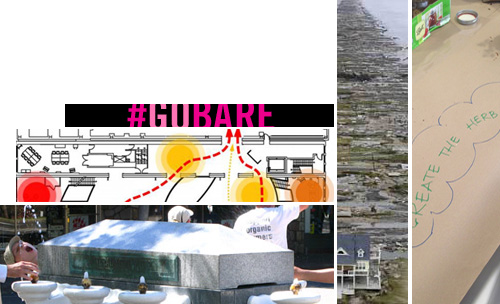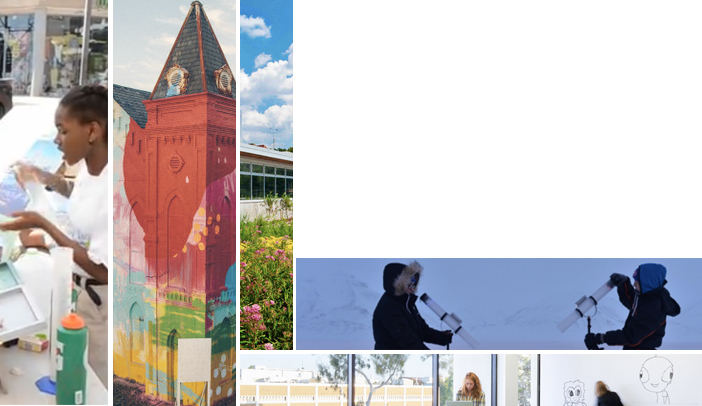HOK on utilizing space smartly. Cities, water, and drinking fountains. Shanley in The Dirt on protecting our coasts. Earth day, the P+W way. Social media campaign worth noting: Bare Essentials.

Smart space utilization. As clients seek to use their office space effectively, Mike McKeown, a senior workplace strategist with HOK Strategic Accounts + Consulting group, looks at ways to improve the workplace experience.
McKeown makes several recommendations in approaching workplace studies such as examining goals and key performance indicators, and keeping time, technology and privacy factors in mind. “Establishing goals and KPI’s early on will help determine how long to conduct a study as well as how high-tech or low-tech you want to make your approach. In some cases the client may have data to provide you as a reference point, such as badge swipe statistics for days and times employees are coming and going.” – Mike McKeown
Via HOK Life
Urban water. Josselyn Ivanov, a landscape and urban designer in San Francisco, discusses the benefits of public water and her love of drinking fountains.
“Sources of water are inherently magical. Especially in a city, sealed in concrete, water connects us with nature, engages our senses, and physically connects us with place. Free water sources in public spaces, historically provided by philanthropists or cities themselves, were one of the major progressive steps forward for civilization.” - Josselyn Ivanov
Protecting our coasts. Kevin Shanley, CEO of SWA Group, talks about protecting our coasts in the wake of increasingly damaging storms and sea-level rise brought on by climate change.
Shanley talks about real-world lessons from Hurricane Sandy, soft green infrastructure in New York City, the impact of sea level rising and wetland parks in China.
Via The Dirt
Honoring Earth Day. Perkins+Will celebrated Earth Day by having its offices honor the planet in different ways throughout the week.
Perkins+Will, which is committed to sustainability, is carbon neutral and actively seeks to reduce carbon emissions through green operations and has
212 LEED certified projects. Earth Day activities included planting an herb garden in the Washington, D.C., office café, showing a slideshow that outlined several ways to minimize negative environmental impact on the climate in the Boston office, and participating in the 2013 Earth Day Rideshare in Chicago.
Innovative Social Media Campaign
Bare Escentuals' bareMinerals, kicked off its nationwide #GoBare tour on Twitter by revealing their secret indulgences for a chance to see them brought to life. The #GoBare Twitter initiative comes as the brand embarks upon its Go Bare tour, a six-month six-city tour of the U.S. that includes a "pop-up boutique-meets-lounge and a traveling team of complexion experts devoted to helping women discover their best skin ever." A camera crew will be stopping in cities across the country to surprise select Twitter users that share their secret indulgences
Via Clickz

